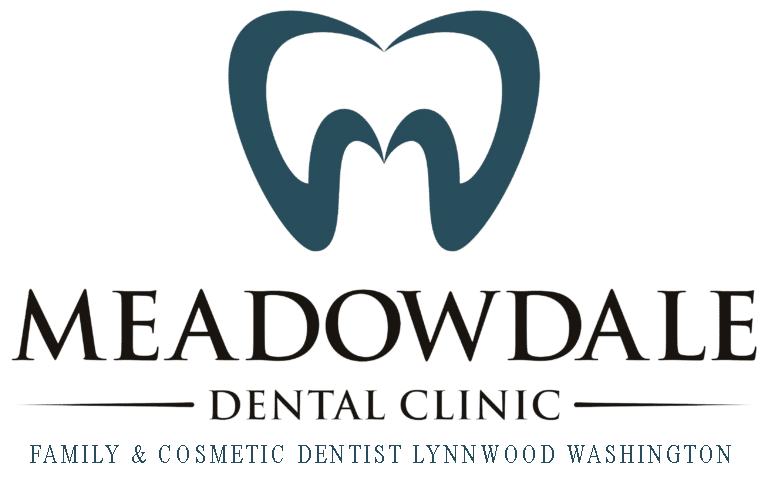What is the difference between dental bonding and veneers?
Thanks to advances in dental care technology, there are many treatment solutions for cosmetic issues with teeth. Whether the issue is teeth that are chipped, misaligned, or discolored there are options that are both cost-effective and timely. Dental bonding and porcelain veneers are two common treatments that can produce similar results of cosmetically enhancing a smile. Both treatments can be used as a treatment for a single tooth, or many teeth that need repaired. Below is a more detailed discussion on the differences between dental bonding and porcelain veneers.
Dental Bonding
Direct composite bonding is a treatment where a tooth-colored composite is applied to a tooth to fix a chip or a crack, or a tooth with discoloration. The dental bonding procedure is minimally invasive and requires little preparation. Because the bonding procedure is quick and cost-effective, often a dentist may decide to apply bonding material while they are completing other treatments. Unfortunately, the bonding material is not as durable as a real tooth and can break down, be damaged, and is more susceptible to staining.
The composite bonding usually lasts between 3-10 years. Dental bonding is a great low-pain and low-risk option for filling cracks and chips, and the procedure can be completed in one dental visit. Lastly, dental bonding is a customized experience, where the dentist shapes and improves the smile with their expertise, creating a solution that is personal and just right for you.
Veneers
A veneer is an artificial cap that is attached to the front of a damaged or discolored tooth. Veneers can be made from various different materials, but porcelain is the most popular. Porcelain veneers are both durable and stain resistant. Veneers are a more permanent solution than composite bonding. On average, veneers last somewhere between 5-20 years. Unlike dental bonding, veneers require preparation prior to their installation. Common preparation steps for veneers include filing down the damaged teeth so that the veneer can be applied more securely. Additionally, veneers must be ordered in advance and custom made in a dental laboratory separate from the dentist office. Unlike dental bonding, a comprehensive exam including taking measurements for the size and shape of the veneer must take place prior to the installation.
If you have been wanting to cosmetically improve your smile, you have several options to choose from. When you are deciding between cosmetic bonding or veneers you will need to consider your overall oral health, your specific dental needs, and the expertise of your dentist. Porcelain veneers are a large investment financially, but a more permanent and durable solution that may be easier for you to maintain. If what you are looking for is a minor repair to one tooth, dental bonding may be a good choice for a quick and cost-effective fix. The best way to make this choice is to have a discussion with your dentist and discuss what the best option is for you, both in the short term and for the long term.
Interesting in learning more about dental bonding? What is Dental Bonding?
